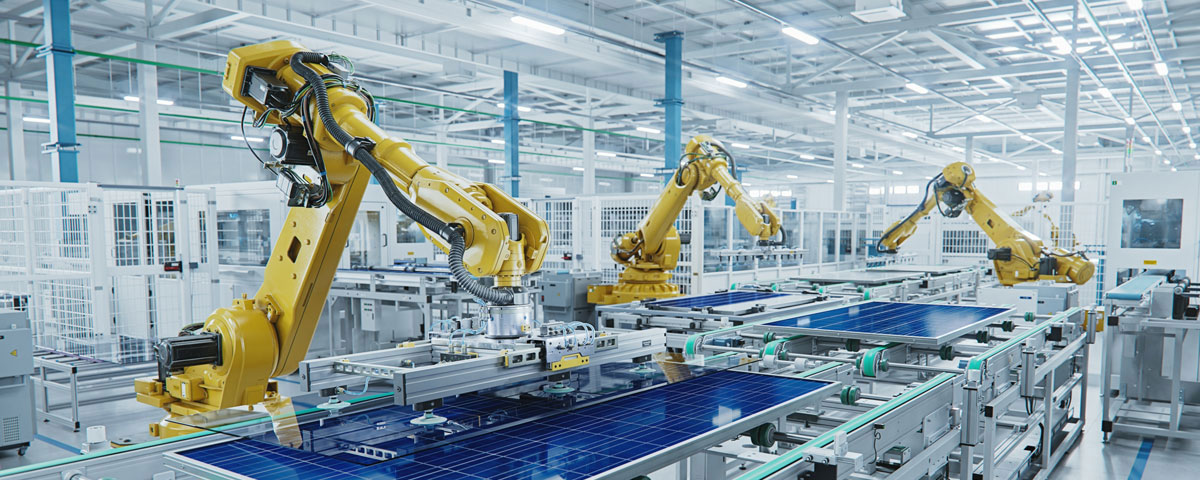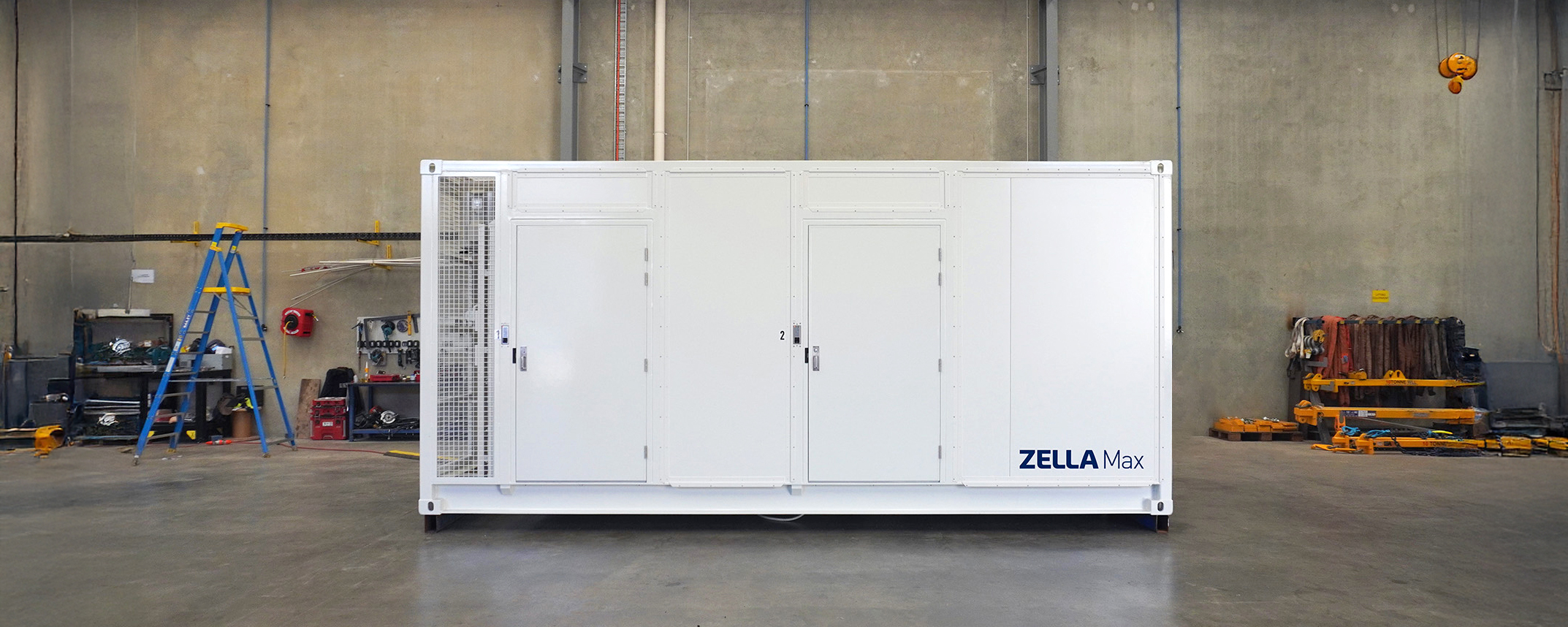Edge Artificial Intelligence (AI) is charting the course of technological evolution, reshaping the computing landscape by bringing intelligence to the network’s edge. This transformative paradigm deploys AI algorithms in an edge computing environment, enabling computations in close proximity to the data source. A departure from centralised cloud computing, Edge AI empowers devices to make rapid, informed decisions without relying on distant servers.
How does Edge AI differ from traditional AI practices?
Unlike the conventional AI application framework, where data generated by connected technologies is transmitted to a backend cloud system, Edge AI takes a distinctive approach. Instead of deploying AI models in the backend, they are intricately configured onto processors within the connected devices operating at the network edge. This introduces a layer of intelligence at the edge, allowing the edge device not only to collect metrics and analytics but also to take actionable steps. This is made possible by the integration of a machine learning (ML) model within the edge device, marking a true implementation of AI at the edge.
While the overarching goal of artificial intelligence remains consistent (to create intelligent machines capable of performing tasks without human oversight) Edge AI diverges in its execution. The essence lies in performing work and decision-making locally, either inside or in close proximity to the device in use. This distinctive approach enhances efficiency, reduces latency, and fosters a more decentralised and responsive AI ecosystem.
Edge AI in action: real-world examples
Let’s delve into a few examples that illustrate the practical applications of Edge AI:
Smart Cameras – Edge AI empowers surveillance cameras to detect and analyse events in real-time. Rather than sending every frame to a central server, these cameras process data locally, allowing for quicker response times and reduced strain on network bandwidth (read more about security at the edge).
Autonomous Vehicles – Edge AI is revolutionising the automotive industry by enabling on-board processing for tasks like object recognition and decision-making. This ensures that critical decisions are made swiftly, enhancing the safety and efficiency of autonomous vehicles (read more about edge computing and transportation).
Health Monitoring Devices – Wearable devices equipped with Edge AI capabilities can analyse health metrics on the device itself, providing instant feedback to users. This not only preserves privacy but also reduces dependence on constant internet connectivity (read more about healthcare at the edge).
Benefits of Edge AI
The fusion of Edge Computing and AI heralds a multitude of advantages:
- Energy Efficiency: Localised processing reduces energy consumption, a stark contrast to the power-intensive centralised cloud data centres.
- Bandwidth Optimisation: Edge AI minimises data flow, reducing bandwidth usage and associated costs.
- Enhanced Privacy: Localised processing ensures sensitive data stays on the device, mitigating risks associated with data mishandling.
- Robust Security Measures: Prioritising data security, Edge AI processes and stores information within an edge network, minimising the risk of unauthorised access.
- Seamless Scalability: Integration of cloud-based platforms and native edge capabilities facilitates easy scalability to meet evolving requirements.
- Minimal Latency: By offloading processing to local environments, Edge AI reduces latency, ensuring swift decision-making and task execution.
Micro data centres and Edge AI
In this dynamic era, micro data centres emerge as unsung heroes, pivotal in the success of edge computing and AI. Positioned strategically, these compact solutions facilitate the seamless execution of AI algorithms. By placing data storage closer to the source, micro data centres ensure swift processing, providing immediate and relevant insights. The collaboration of Edge AI and micro data centres not only optimises efficiency but also elevates the overall performance of connected devices. Together, they represent the forefront of a technological frontier where intelligence is seamlessly integrated into every facet of our digital experience.
Get in touch to find out how our micro data centres can support AI at the edge.
Read on
- Learn how AI is affecting edge computing and the implications for businesses and consumers
- Learn more about the Zella Pro micro data centre and why it’s the ideal choice for edge AI
- Discover how our products will keep your data safe
Key takeaways
- Edge AI brings AI algorithms to the edge of the network, enabling local data processing and decision-making, contrasting with traditional AI’s reliance on cloud-based backend systems.
- Edge AI integrates ML models directly into edge devices, allowing for local data analysis and actionable intelligence, enhancing responsiveness and efficiency.
- Real-world applications include: smart cameras, autonomous vehicles, health monitoring devices, etc.
- Benefits of Edge AI include: energy efficiency, bandwidth optimisation, enhanced privacy, robust security, seamless scalability, minimal latency, etc.
- Micro data centres are essential for Edge AI’s success, providing local data storage and processing capabilities to ensure rapid and relevant insights.






